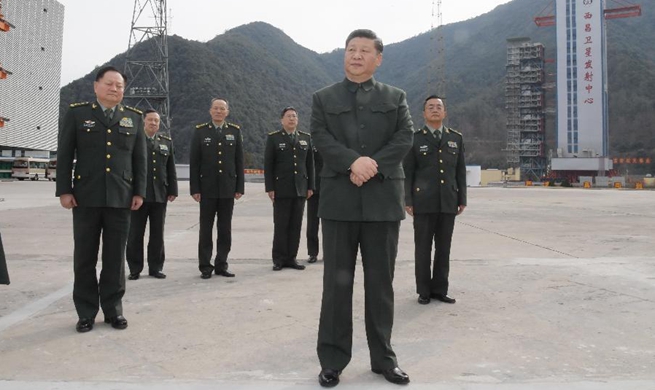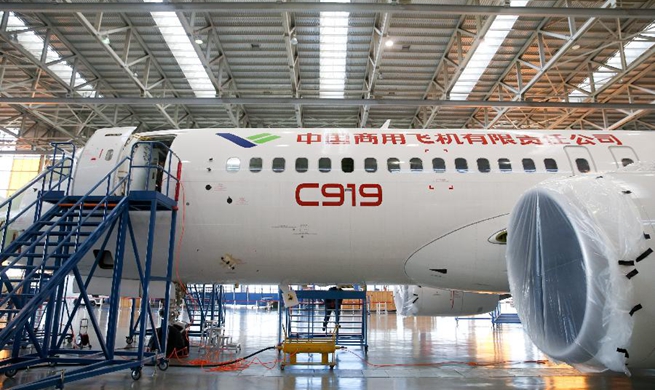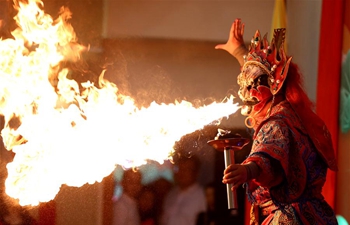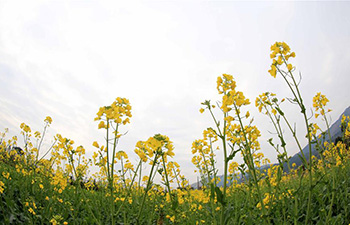BEIJING, Feb. 13 (Xinhua) -- China's non-financial outbound direct investment (ODI) maintained double-digit growth in January, the third consecutive monthly increase, official data showed Tuesday.
Chinese investors made 69.5 billion yuan (about 11 billion U.S. dollars) of non-financial ODI in 955 overseas enterprises from 99 countries and regions last month, the Ministry of Commerce (MOC) said.
The investment was up 30.5 percent from the same period last year, according to the MOC.
The growth tracked a gain of 49 percent in December and an increase of 34.9 percent in November.
"The structure of outbound investment has been optimized," said Han Yong, an official with the MOC.
In January, no new ODI projects were reported in property, sports or entertainment.
Investment in leasing and business services rose 14.4 percent year on year, while that in household services and other service industries surged 163.6 percent. Investment in wholesale and retail industries climbed 24.2 percent.
ODI in the mining sector soared 793 percent year on year to 3.8 billion U.S. dollars in January.
China's ODI has seen rapid growth in recent years. However, noting an "irrational tendency" in outbound investment, authorities have set stricter rules and advised companies to make investment decisions more carefully.
In a document released in August last year, the State Council said overseas investment in areas including real estate, hotels, cinemas, and entertainment would be limited, while investment in sectors such as gambling would be banned.
In November, the National Development and Reform Commission, China's economic planning body, released a new draft rule on outbound investment, including stipulations on the investment activities of firms established overseas by domestic companies.
Meanwhile, ODI to countries involved in the Belt and Road Initiative has been encouraged.
Last month, Chinese firms made 1.2 billion U.S. dollars of new investment in 46 countries along the Belt and Road, up 50 percent year on year and accounting for 11.4 percent of the total, according to the MOC.

















